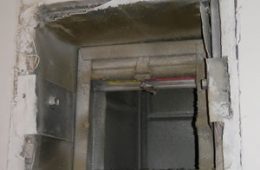Additional resources
- Best Independent Casinos Not On Gamstop
- Casino Not On Gamstop
- ολα τα Online Casino
- Sites Not On Gamstop
- Non Gamstop Casino UK
- Sites Not On Gamstop
- Casino En Ligne Fiable
- Non Gamstop Casinos Uk
- Non Gamstop Casinos
- Best Non Gamstop Casinos
- Casino Sites Not On Gamstop
- Casinos Not On Gamstop
- Non Gamstop Casinos UK
- UK Online Casinos Not On Gamstop
- Casino Sites UK Not On Gamstop
- UK Casinos Not On Gamstop
- Gambling Sites Not On Gamstop
- Casino En Ligne
- UK Online Casinos Not On Gamstop
- Sites Not On Gamstop
- Non Gamstop Casino UK
- Betting Sites Not On Gamstop
- Non Gamstop Casinos
- Casino Online Migliori
- Casino Crypto
- Meilleur Site Casino En Ligne Belgique
- Migliori Bookmaker Non Aams



